| Plant Habit: | Tree Cactus/Succulent |
| Life cycle: | Perennial |
| Sun Requirements: | Full Sun to Partial Shade Partial or Dappled Shade |
| Water Preferences: | Mesic |
| Soil pH Preferences: | Moderately acid (5.6 – 6.0) Slightly acid (6.1 – 6.5) Neutral (6.6 – 7.3) Slightly alkaline (7.4 – 7.8) |
| Minimum cold hardiness: | Zone 10a -1.1 °C (30 °F) to +1.7 °C (35 °F) |
| Plant Height: | Up to 4-12 feet |
| Leaves: | Deciduous |
| Flowers: | Other: Does not flower |
| Underground structures: | Taproot |
| Suitable Locations: | Patio/Ornamental/Small Tree Xeriscapic Houseplant |
| Dynamic Accumulator: | B (Boron) |
| Resistances: | Humidity tolerant Drought tolerant |
| Toxicity: | Other: All members of the genus Euphorbia produce a milky sap called latex that is toxic and can range from a mild irritant to very poisonous. |
| Propagation: Other methods: | Cuttings: Stem |
| Containers: | Suitable in 3 gallon or larger Needs excellent drainage in pots |
| Miscellaneous: | Tolerates poor soil With thorns/spines/prickles/teeth |
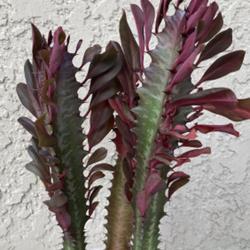

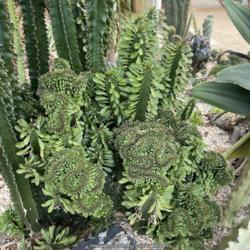
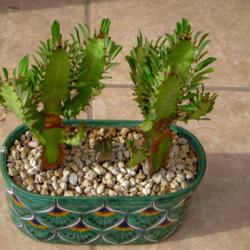
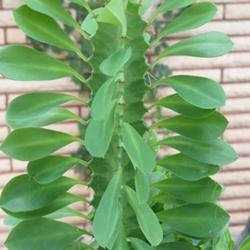
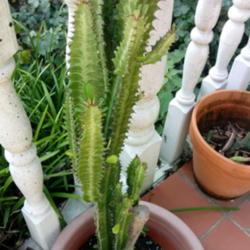


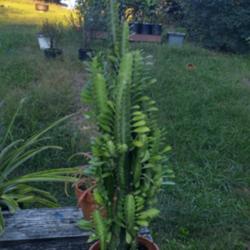
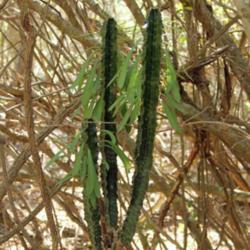
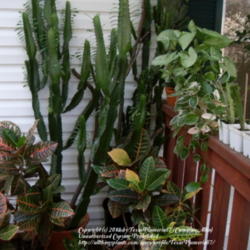
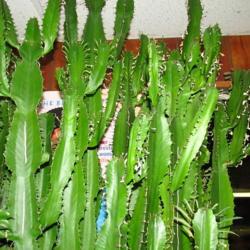
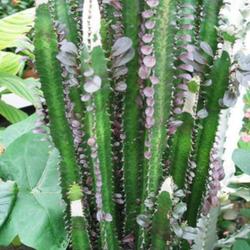
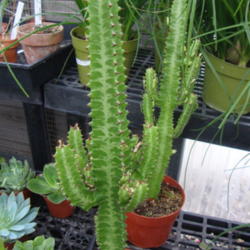
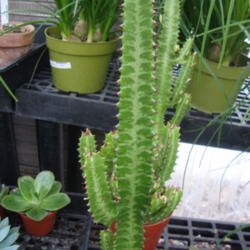

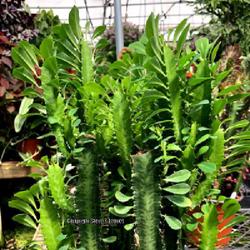

| Belovedhoneygirl | On February 9, 2017 | Obtained plant Lowes Rescue, $3- |
| hlutzow | On October 12, 2019 | Obtained plant cuttings |
| ethompson92 | On April 2, 2020 | Obtained plant |
| Thread Title | Last Reply | Replies |
|---|---|---|
| Its not red. At all by skopjecollection | Sep 11, 2020 11:01 PM | 3 |
« Add a new plant to the database
» Search the Euphorbias Database: by characteristics or by cultivar name
« See the general plant entry for Euphorbias (Euphorbia)